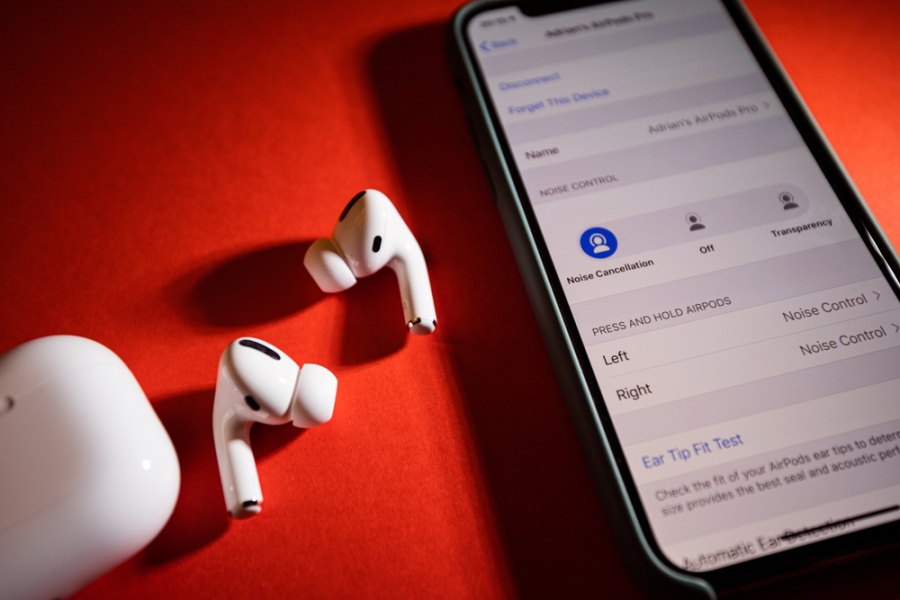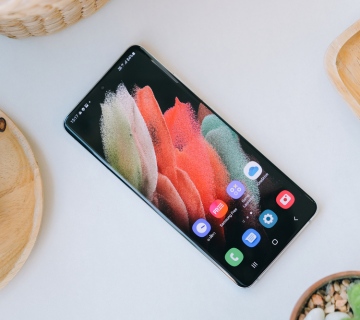EQ, also known as the equalizer, is the process of changing frequency components. Many sound engineers, producers, and recording artists use this process on their mixing boards. Many use knobs and sliders of equalizers to achieve a certain sound.
New smartphones and other devices now come with an equalizer feature. You may find an EQ tool in your smartphone, Spotify music, and your wireless speakers. With EQ, you can enhance your music and take your sound trip to the next level.
In this article, we show how to modify your EQ settings. Your EQ settings can have a groundbreaking effect on your music. Read on to learn how to dial the best EQ settings on your device.
Frequencies
Every pitch coming from a musical instrument has a core frequency. You may measure core frequencies in Hertz or Hz. The amount of Hertz corresponds to the number of waves or frequencies completed in a second.
Decibels
Decibels or dB a unit that measures volume level or loudness. When you adjust a slider on your EQ settings, you increase or decrease the loudness of that particular frequency. Even small dB adjustments may have large impacts on a sound.
Limit yourself to a 1 dB or 2 dB change. Using 5 dB or 10 dB may dramatically increase a frequency. This is thanks to the logarithmic scale.
Understand Different Audio Frequencies
Before you begin modifying your EQ settings, you must first learn about the different audio frequencies. Knowing these things allows you to understand what the sliders on your EQ mean. Each number and slider on your EQ correspond to a certain audio frequency and wavelength.
32 Hz is the lowest frequency of your EQ selection. This pertains to the lowest low bass frequencies. Most speakers can’t produce this type of frequency.
To hear a 32 Hz frequency, you need a dedicated amplifier. Pair your amplifier with a high-quality subwoofer. You may also try using premium IEMs.
The second bass frequency is 64 Hz. You will mostly hear bass instruments and drums in this region. You may hear this frequency on good-quality speakers or subwoofers.
Small speakers like your laptop’s built-in speakers may register 125 Hz. 125 Hz registers in the bass region. If you turn up this setting, you may hear more of the bass.
250 Hz sits on the higher end of the low bass frequency region. Instruments like pianos and guitars may contain a high amount of low end. 500 Hz approaches the midrange frequencies.
You may find low vocals and mids of bass instruments in this region. 1K is a low midrange present in most instruments like snare drums, guitars, pianos, and others. The 2K frequency holds the nasal sound in your music.
Most electric guitars and other instruments sit in the 4K upper mid-range. You may hear most cymbals, synths, pianos, and guitars in the 8K frequency. Most vocals sit in this frequency range.
16K is the highest frequency in your EQ settings. Humans can hear up to 20 Hz. Read on for some tips on dialing your EQ settings.
Cut the Frequencies
Instead of dialing up certain frequencies, try finding parts of a track that bother you. When you find unwanted sounds, dial these back in your EQ settings. Use a high Q and sweep through the track until you find a sound that conflicts with your preferred sound.
You may lower the Q then cut the part that you don’t like. This technique allows you to get rid of unwanted sounds in your music. This prevents you from introducing unsavory side-effects like noise and distortion.
Use EQ Presets
Most, if not all, EQ settings come with a separate set of presets. Presets like Bass Boost, Jazz, and Rock allow you to get the desired sound without putting much effort into the EQ. Using EQ presets is a great way to start if you’re new to playing with EQ settings.
Built-in equalizers like those in iTunes and some desktop versions of Apple music will show you the frequency curve. If you have any of these, select a preset and look at the curve to get a better understanding of the frequencies. To start, find a preset that you like and make minor adjustments to your liking.
Want to adjust your iPhone EQ? Follow this link if you’re having problems with your AirPods not resetting.
Parametric EQ
Using parametric EQs may be tricky for inexperienced users. You may find most parametric EQs in recording and mixing. But you may find this setting in some apps for headphones or speakers.
With a parametric EQ, you target certain frequencies with a range of five to seven slider control points. These points may sit along the 20Hz to the 20kHz spectrum. You may visualize these points in the XIY axis.
The vertical or y-axis represents decibels or loudness. The horizontal or x-axis represents the frequency. The bandwidth control of the parametric EQ allows you to target precise frequencies.
Get Rid of Extremes
The human ear can only hear up to 20 Hz. To get rid of excess high tones, cut all frequencies you find above 20k Hz. Some call this the low-pass filter. You may also add a high-pass filter to get rid of extremely low notes.
With a high-quality subwoofer or bass traps, you may not hear anything below a certain range. Cut frequencies in your EQ curve up to only 50 Hz. After cutting excess extremes, you may tweak the track to your liking.
Set the Best EQ Settings for Your Earbuds!
Learning how to adjust your EQ settings can help you enhance your music. If it’s your first time dialing EQ settings, trust your ear. These tips may help in getting you started but do what sounds right for you.
Of course, getting the right EQ settings is only the beginning. There are other tips to discover, such as which tools to use to get the best music quality. To discover more, keep reading our other guides right here, today.



